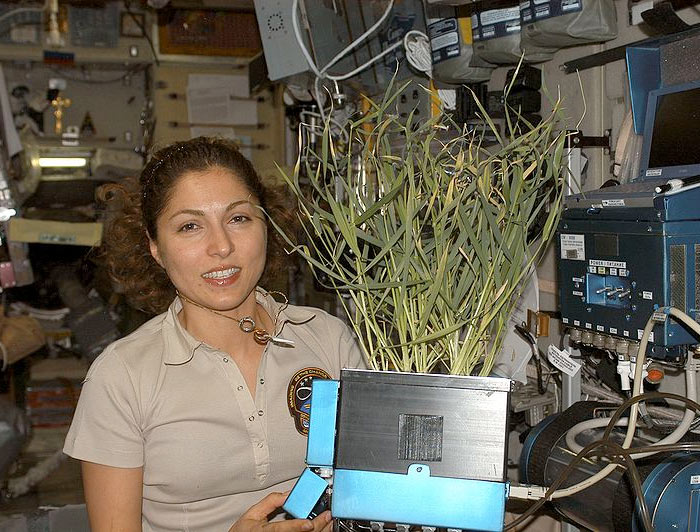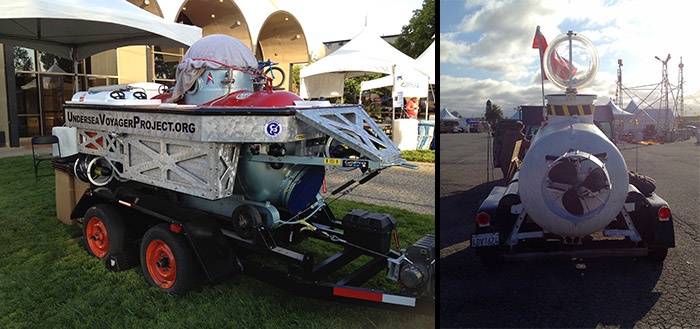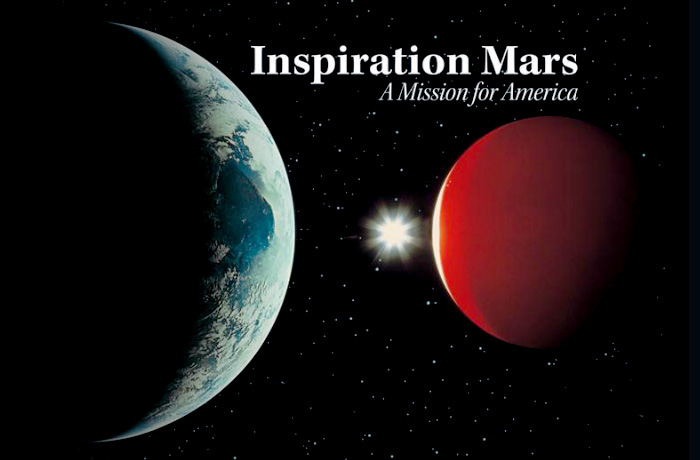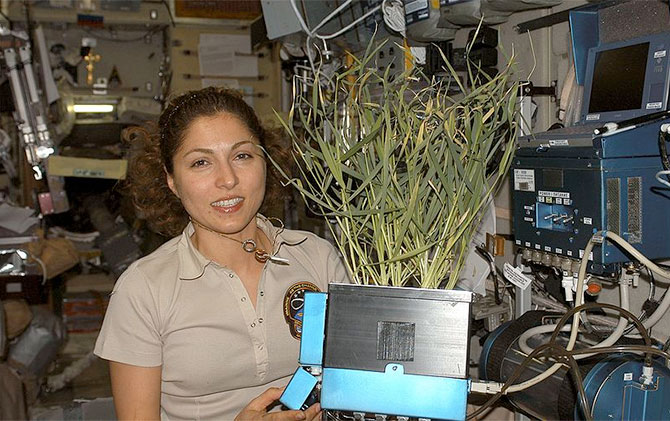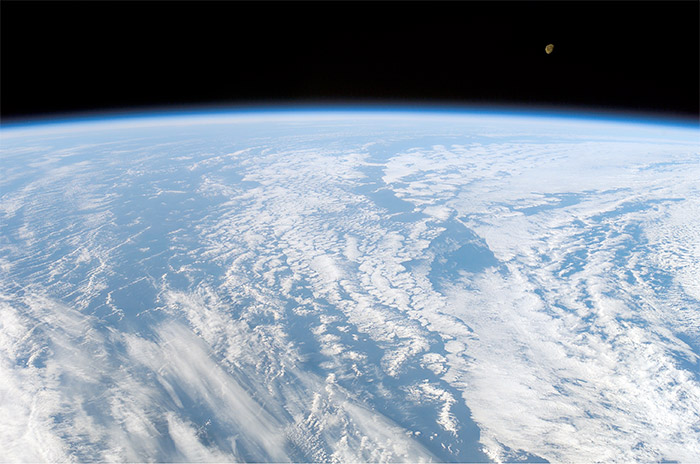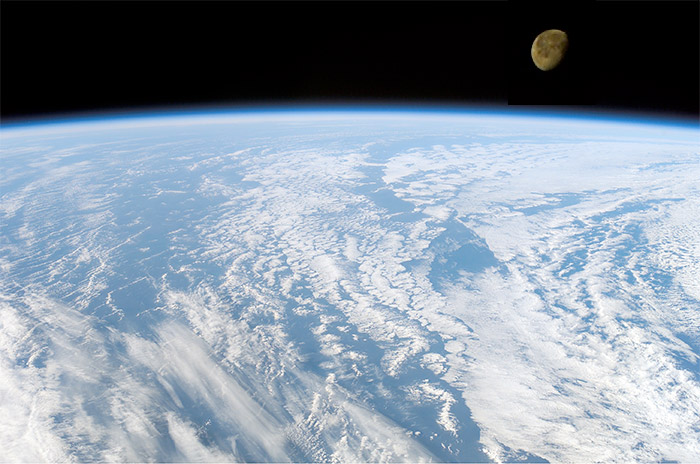A British radio journalist who goes by the moniker of “Radio Kate” or “Space Kate” has resurrected the old canard that “suborbital spaceflight isn’t exploration.”
Radio/Space Kate has been twittering up a storm. According to R/S Kate, international cooperation (exemplified by the European Space Agency) is the best way to explore space. Individual nations are not up to the task, and private space exploration is simply defined away. “Going suborbital is not new, it is not exploration,” according to Kate. “Exploration is about unknown and unfamiliar regions.”
And suborbital space is not unfamiliar or unknown, according to Kate.
Why Kate considers suborbital space to be familiar is unknown. It’s safe to say she has never been there. The number of astronauts who have flown suborbitally is quite small. Eight pilots were awarded suborbital astronaut wings in the X-15 program. Two astronauts flew suborbital flights in Project Mercury. Two more flew SpaceShip One. At the moment, that’s it. Only 12 human beings have flown suborbital flights — the same number who have walked on the surface of the Moon.
Yet, the Moon is considered to be unexplored while suborbital space is familiar territory? The scientists who discovered upper-atmosphere phenomena such as blue jets, ELFs, and sprites, all of which were unknown just a few years ago, would surely disagree.
How anyone can call a region which it’s been visited by only 12 human beings “familiar” is a mystery. Suborbital space makes the summit of Mt. Everest look like Times Square.
It’s also strange that Radio/Space Kate considers ESA a model for future space exploration. The European Space Agency has not sent astronauts anywhere but the International Space Station — which is more familiar, at this point, than suborbital space. So, if we accepted Kate’s definition, we would have to say that ESA astronauts have never explored space.
The exploration community, of course, does not use that definition. The Explorers Club recently honored citizen space explorer Greg Olsen, who visited ISS in 2005, in their Exploring Legends series.
The Explorers Club is an old, prestigious organization. Founded in 1904, it promotes the scientific exploration of land, sea, air, and space by supporting research and education in the physical, natural and biological sciences. Club members have been responsible for an illustrious series of firsts, including the first explorers to the North Pole, first to the South Pole, first to the summit of Mount Everest, first to the deepest point in the ocean, and first to the surface of the moon.
Yet, the Explorers Club does not limit its membership to those who accomplish “firsts,” nor does it insist that all exploration must occur in remote, unknown, and unfamiliar locations. To quote the Club’s website:
Many of our members have contributed to field science and exploration in much less remote and dangerous ways. A field study of butterflies here in New York or recording bird migration data on the nearby Long Island seashore qualifies you for membership just as much as collecting data from the top of the highest peaks or the oceans’ deepest depths.
We spoke to a former president of the Explorers Club not too long ago. He did not express the slightest doubt that suborbital spaceflight was exploration.
We’re sure the Explorers Club will welcome a great many citizen space explorers in the next few years. Almost all of them will be suborbital explorers. Sorry about that, Kate.
